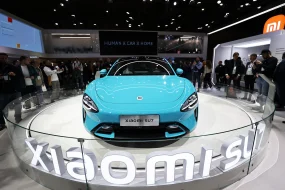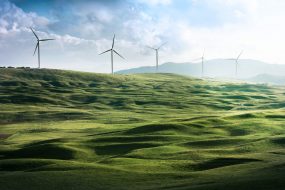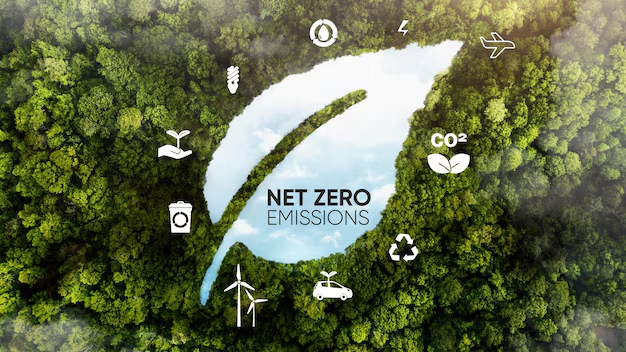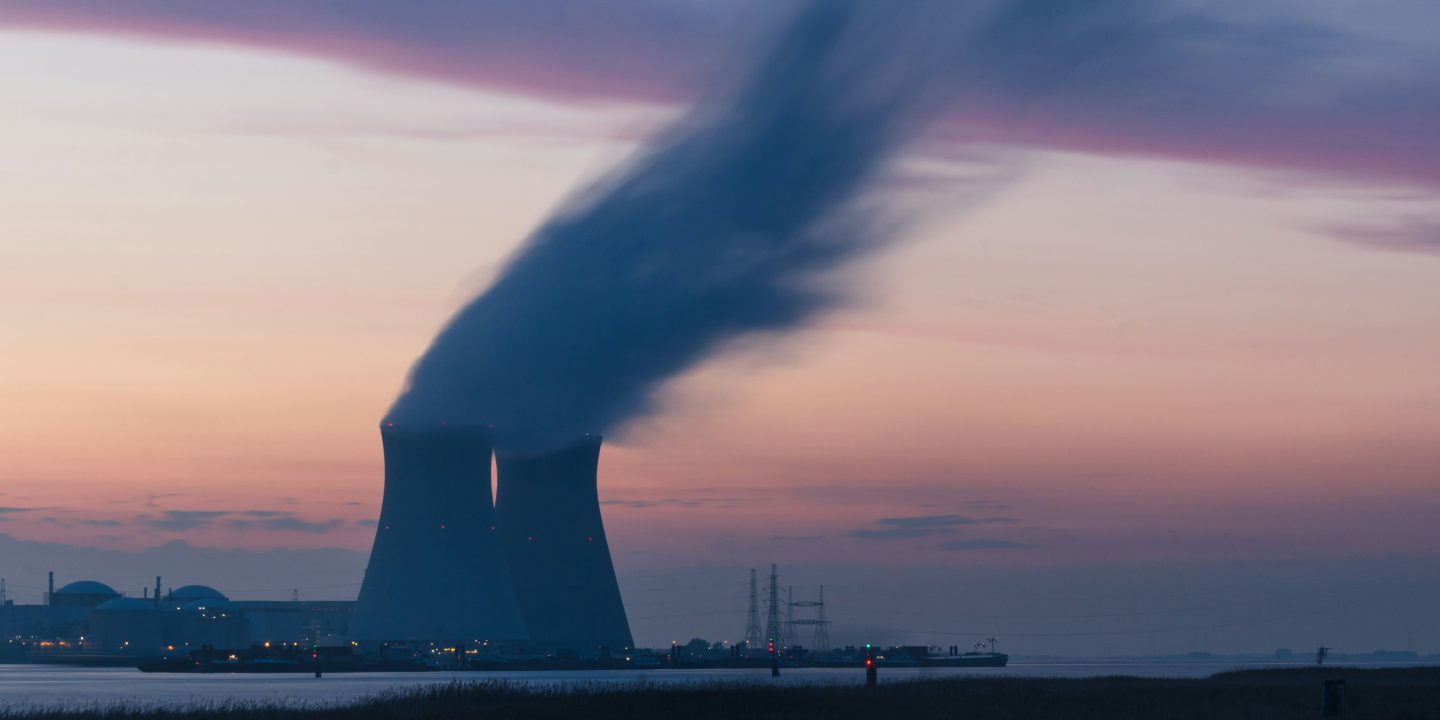
Nuclear power has been a cornerstone of global energy production for decades, offering a potent source of electricity with minimal greenhouse gas emissions. Understanding its origins, current leadership, and historical challenges provides valuable insights into its role in today’s energy landscape.
Origins of Nuclear Power
The journey of nuclear power began with the first controlled nuclear chain reaction, achieved on December 2, 1942, under the bleachers of the University of Chicago’s Stagg Field. This experiment, known as Chicago Pile-1, marked the dawn of the Atomic Age.
The first instance of using nuclear energy to generate electricity occurred on December 20, 1951, at the Experimental Breeder Reactor I (EBR-I) in Idaho, USA. This pioneering reactor powered four 200-watt light bulbs, demonstrating the potential of nuclear energy for practical applications.
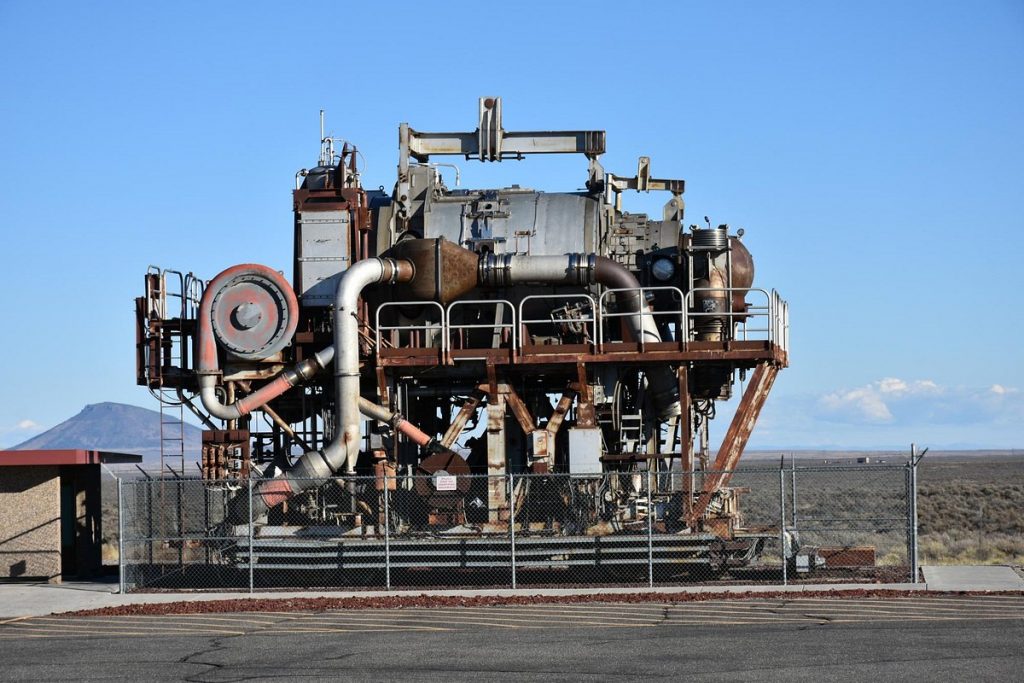
The first commercial nuclear power plant, the Shippingport Atomic Power Station in Pennsylvania, began operations in 1958, supplying electricity to the Pittsburgh area.
Current Leadership in Nuclear Power
As of May 2024, the United States leads the world in nuclear power capacity, operating 94 reactors with a total capacity of 102 gigawatts (GW). France follows with 64 GW from its reactors, while China has 58 GW.
Globally, nuclear energy accounts for about 9% of electricity production, with approximately 440 reactors in operation across 32 countries. Notably, nuclear power provides about one-quarter of the world’s low-carbon electricity, making it the world’s second-largest source of low-carbon power.
Historical Drawbacks and Challenges
Despite its advantages, nuclear power has faced significant challenges throughout its history:
- Safety Concerns and Accidents: High-profile incidents like the Chernobyl disaster in 1986 and the Fukushima Daiichi accident in 2011 have raised public apprehension about nuclear safety. These events led to widespread environmental contamination and health issues, underscoring the catastrophic potential of nuclear accidents.

- Radioactive Waste Management: The long-term storage of radioactive waste remains a critical issue. Developing secure, sustainable solutions for waste disposal is essential to prevent environmental contamination and protect public health.
- High Construction Costs and Delays: Nuclear power plants are capital-intensive projects, often experiencing cost overruns and construction delays. For instance, the Hinkley Point C project in the UK has faced significant challenges in this regard.
- Public Perception and Opposition: Public opposition, often referred to as “Not In My Back Yard” (NIMBY) sentiment, has hindered the development of new nuclear facilities. Overcoming this opposition is crucial for expanding nuclear energy infrastructure.
- Proliferation Risks: The dual-use nature of nuclear technology raises concerns about the potential for nuclear weapons proliferation. Ensuring that nuclear materials and technologies are not diverted for military purposes is a significant challenge.
Looking Ahead: The Future of Nuclear Energy
Nuclear power has come a long way since its inception, from the first controlled chain reaction in 1942 to its role in powering large portions of the world today. With its promise of low-carbon electricity, it’s clear that nuclear energy will continue to be a key player in the fight against climate change. However, challenges rooted in safety concerns, waste management, high costs, and public opposition will require continued innovation and thoughtful policy. If these hurdles can be overcome, nuclear energy could play an even larger role in our sustainable future, powering the world without contributing to the climate crisis.











